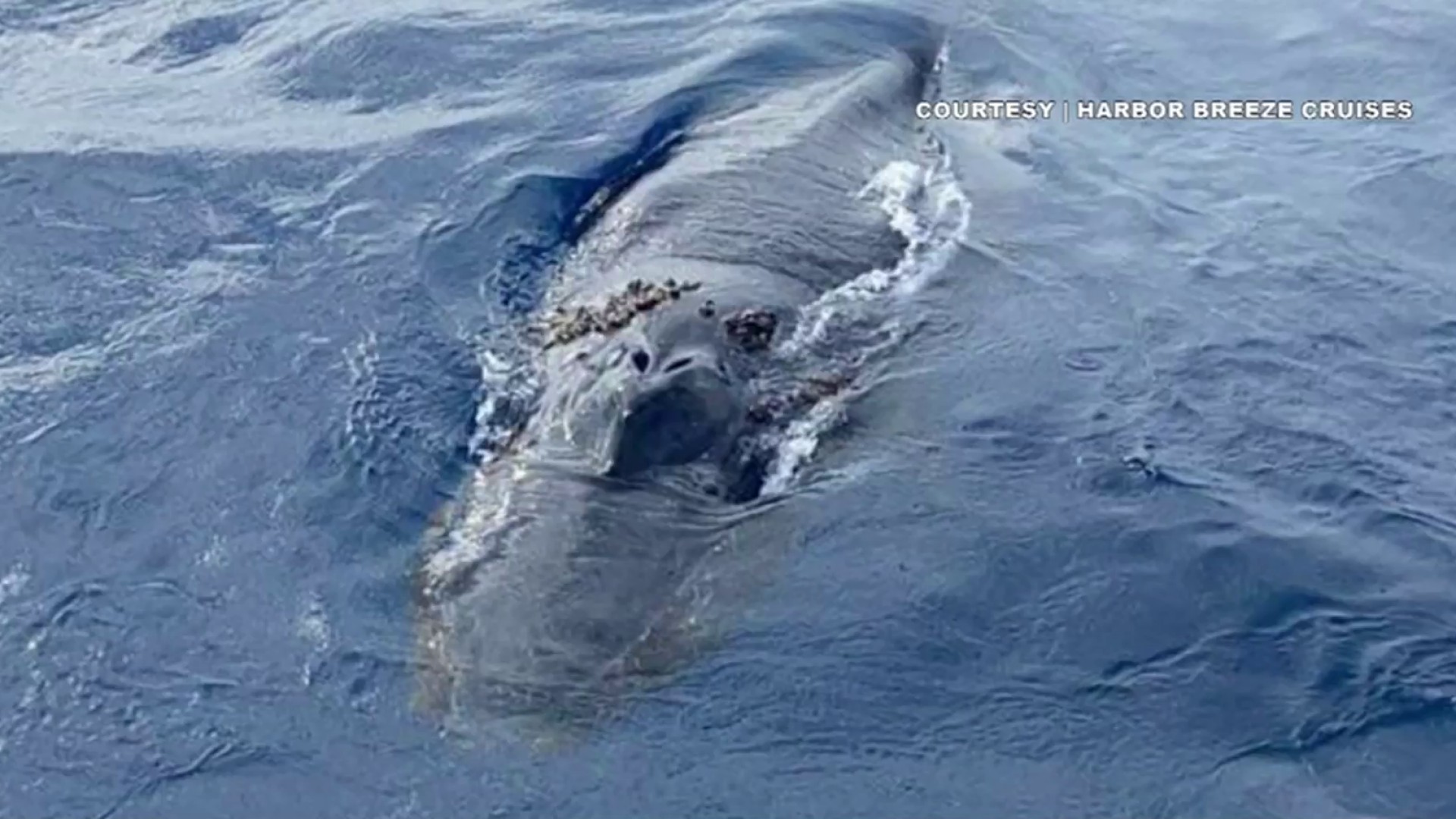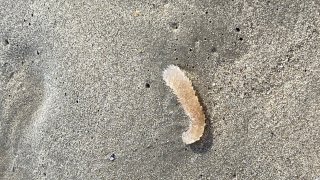
Visitors to Southern California beaches this holiday weekend may notice what visitors over the past week have already seen - strange, translucent, jelly-like creatures lying in the sand.
San Clemente beachgoers encountered dozens of them onshore the weekend of June 26. They also washed up onto Huntington and Laguna beaches.
The palm-sized creatures are called pyrosomes, colloquially known outside the marine biology field as "sea pickles." Sometimes compared to fingers, visibly similar to giant gummy worms, the tubular creatures make their home floating around the ocean.
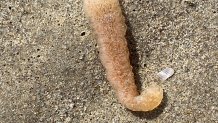
According to Nate Jaros, curator of fish and invertebrates at the Aquarium of the Pacific, the pyrosomes are a kind of tunicate - a marine invertebrate.
"Tunicates are simple little animals," Jaros said. "They filter water, they’re mostly attached to things."
Other varieties of tunicates attach themselves to the ocean floor, rocks, or even boats, but pyrosomes avoid the ocean floor and instead build their own tube — called a "test" — to attach to and float freely in the water.
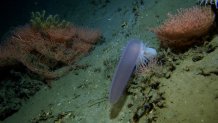
Pyrosomes are also colonial creatures, in the sense that a single small tunicate, called a "zooid," will form a colony with many other tunicates that are all clones of each other, to create the larger creature seen in the water or on beaches.
The smaller tunicates all cluster around the tube that they've built, and then coordinate to flush water through that tube. That's what the bumps on the sea pickle are, Jaros said. Each bump is a single zooid.
Get a weekly recap of the latest San Francisco Bay Area housing news. Sign up for NBC Bay Area’s Housing Deconstructed newsletter.
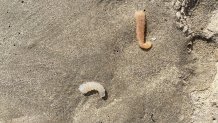
The flushing of water is also how the pyrosome eats.
“It actually starts to propel the entire structure through the water," Jaros said. The pyrosome will float up towards the top of the ocean to feed on plankton by filtering them through the test, then drift back towards the deeper water on a daily routine.
Marine biologists don’t fully understand what role they play in the ocean ecosystem, Jaros said. But they have discovered that the creatures help move carbon dioxide from the atmosphere into the ocean.

Pyrosomes eat plankton, which often consume carbon dioxide. As the pyrosomes moves towards the bottom along with the plankton it's eaten, it sequesters some of the carbon dioxide, inside the plankton, deeper into the water.
The creatures can also grow up to several meters in length, according to at least one University of Oregon researcher, and they sometimes glow in the dark to communicate when to pulse water.
The bioluminescence is a means of communicating with the colony, according to Jaros.
The pyrosomes tend to make their home in warmer waters, though due to El Niño or some other oceanic phenomenon, they have been found further north than is usual, Jaros said.
He added that it's not common for pyrosomes to end up on shore, but the frequent sightings on SoCal beaches this June are just a series of coincidences for the wave-riding pyrosomes.
Pyrosomes can't survive outside the water for very long. Even if a beachgoer comes across one of the creatures and tries to toss it back into the waves, they're probably already too dried out, Jaros said.
But while it's not generally a good idea to touch any wild animals lying on the beach — and even less of a good idea to try and eat a sea pickle — pyrosomes don't have any toxic or stinging parts.
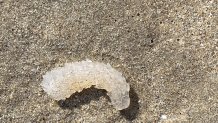
They're relatively harmless to touch, and should feel squishy and soft-bodied, Jaros said, with the tube in the middle feeling relatively firm.
Even so, he said, "I don’t think humans need to get involved."
Instead, he recommended — "look, enjoy. It’s a great phenomenon."


